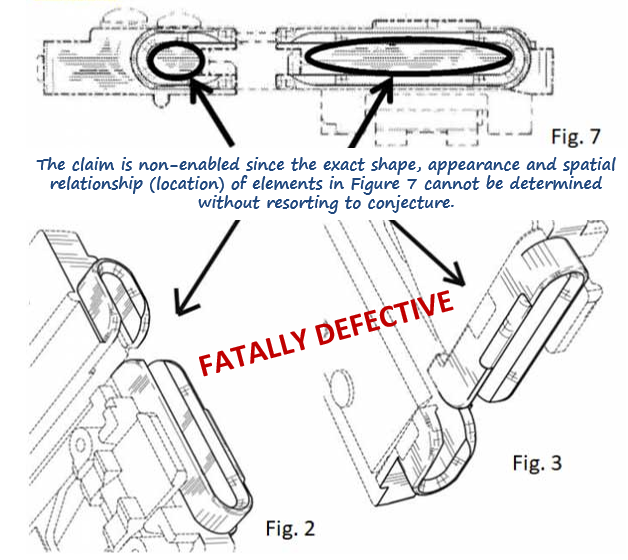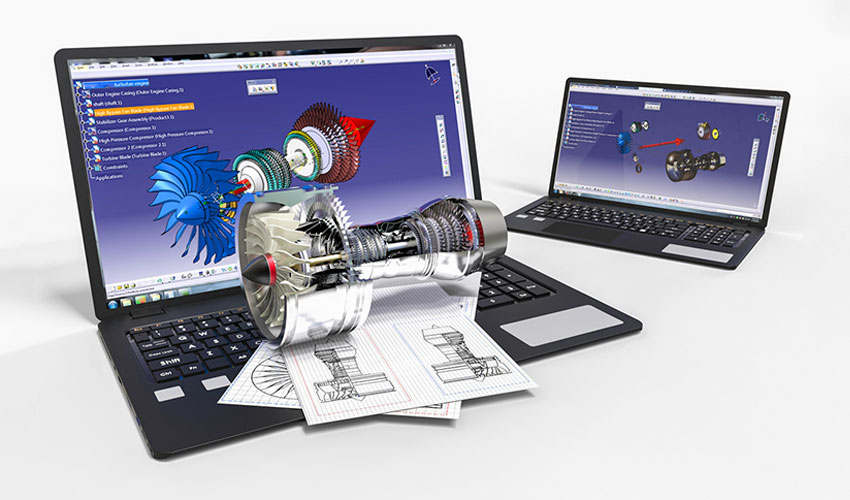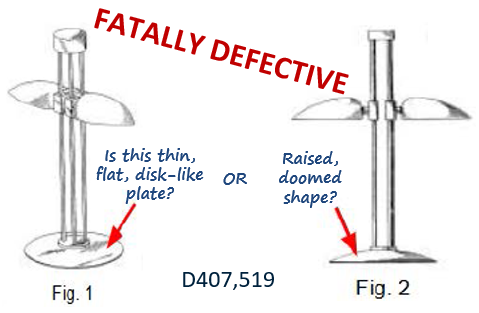Define Your Design Patent Scope Visually: Avoid Rejections and Future Litigation
- IP DaVinci
- Article
- June 7, 2025
Table of Contents
🔍 The Visual Language of Claim Scope in Design Patents
In utility patents, words are your weapon. In design patents, drawings are the weapon.
Yet many attorneys overlook how drawing strategy—especially visual disclaiming and boundary definition—impacts claim interpretation and enforceability.
Without visual clarity:
- You risk accidentally claiming more than intended (triggering rejections or invalidity)
- Or worse, claiming less—leaving room for copycats who make trivial changes
📉 Ambiguous drawings don’t just lead to §112 objections. They weaken enforceability and invite design-around arguments during litigation.

⚖️ Why Visual Claim Scope Matters for Litigation and Licensing
Design patent litigation often hinges on how the claimed design appears—not just to the examiner, but to the judge and jury.
If your drawings:
- Show too much detail, you may unintentionally claim features that the client didn’t want to protect.
- Show too little, you may invite §112(a) objections for insufficient disclosure or fail to distinguish from prior art.
This becomes especially dangerous when a design:
- Shares common parts with other models (e.g., car panels, appliances)
- Is based on a modular or configurable product
- Involves surface ornamentation vs. shape
👉 Clear visual disclaimers, consistent line weights, and stippling techniques give you control over what’s claimed and what’s not.
🛠️ How STIPPLES Helps Patent Attorneys Define Scope with Precision
STIPPLES by IP DaVinci is not just a drawing tool—it’s a claim scope clarity system for design patents.
Here’s how it strengthens your drawings:
- 🎯 Automatic visual disclaimers using broken lines, grayscale, and stipple contrast
- 🎨 Consistent line weights and styling, avoiding misinterpretation by examiners or courts
- 🧩 Smart support for configurable and modular designs—no accidental over-claiming
- 🖼️ Drawings are derived directly from dimensionally accurate 3D models, eliminating ambiguity
- 📦 All views, all angles, all compliant—ready to file
Even better? You can visually preview what will be claimed vs. disclaimed, before you file.
💡 Pro Tip for Attorneys: Treat Drawings Like Claim Language
Don’t just “submit drawings”—craft them.
Ask yourself:
- What should be protected?
- What shouldn’t be protected?
- What if the competitor changes just that one piece—do you still want coverage?
STIPPLES helps attorneys collaborate visually with clients, ensuring alignment between design intent and legal protection.
🎯 Want Faster Drawings — and Fewer Rejections?
STIPPLES by IP DaVinci makes photo-to-drawing conversion faster and smarter:
- 📐 Drawings generated from accurate 3D models
- ✨ Stipple shading and cross-sections auto-generated
- 🚫 No rejections for missing views or inconsistent geometry
- 📋 Ready-to-file deliverables you can send to clients same-day
🚀 Turn Photos into Stronger Design Patents
Cut drawing delays, improve quality, and avoid costly objections.


